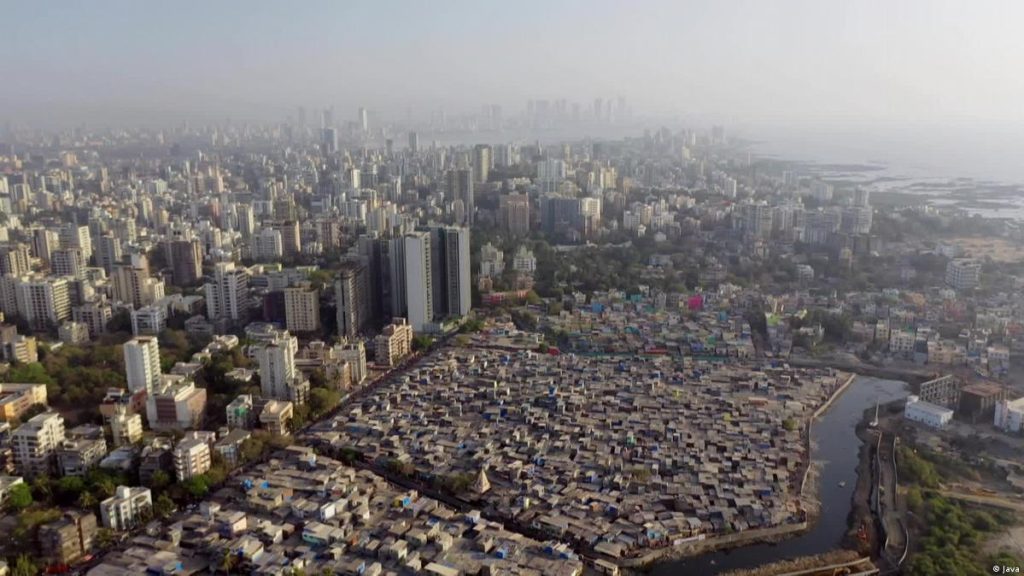Urbanization and Megacities: Navigating Infrastructure and Social Challenges
In the ever-evolving landscape of urbanization, the world has witnessed an unprecedented shift towards the rise of megacities. These sprawling urban conglomerates with a population exceeding ten million have become the epicenters of human civilization in the 21st century. As we delve into the intricate web of urbanization, it is crucial to understand the multifaceted challenges and opportunities that come with it.
The Megacity Phenomenon
Megacities, often characterized by bustling streets, towering skyscrapers, and diverse cultural fabric, are both awe-inspiring and daunting. As they continue to burgeon across the globe, they present myriad complexities that require deft navigation. From New York City to Tokyo and from Mumbai to Mexico City, these urban giants profoundly shape our world.
Urbanization’s Unstoppable March
The relentless march of urbanization is a defining feature of our times. In the quest for better economic prospects and improved quality of life, people from rural areas flock to cities in search of opportunities. This mass migration fuels the exponential growth of megacities, exerting immense pressure on existing infrastructure and resources.
Infrastructure Challenges
The rapid expansion of megacities brings with it a host of infrastructure challenges. Managing the needs of millions in a compact urban environment requires innovative solutions.
Transportation Woes
One of the most pressing issues faced by megacities is transportation. The clogged arteries of traffic lead to lost productivity and contribute significantly to pollution. In response, cities worldwide invest in advanced public transportation systems, such as high-speed trains, subways, and eco-friendly buses, to ease congestion and reduce emissions.
Housing Dilemmas
The scarcity of affordable housing in megacities is a growing concern. Skyrocketing real estate prices push many residents to the outskirts, leading to long commutes and urban sprawl. Urban planners are exploring innovative solutions like micro-apartments, co-housing, and sustainable urban development to address this.
Water and Energy Demands
Megacities also face increased demands for water and energy. Sustainable practices, including using renewable energy sources and water conservation measures, are essential to ensure the long-term viability of these cities.
Social Challenges
Beyond the tangible infrastructure woes, megacities grapple with intricate social challenges that affect the quality of life for their residents.
Cultural Diversity and Integration
Megacities are often melting pots of cultures, languages, and traditions. While this diversity enriches the urban experience, it can also create social tensions. Building inclusive communities and fostering cultural integration is key to ensuring harmony in these diverse urban landscapes.

Healthcare Access
Access to quality healthcare is a fundamental right that becomes more complex in megacities due to the sheer volume of residents. To address this, megacities invest in state-of-the-art medical facilities and telemedicine options to provide accessible healthcare.
Education Opportunities
The quality of education is a top priority for families in megacities. Innovative approaches, including digital learning platforms and specialized schools, are emerging to cater to the educational needs of a diverse student population.
The Road Ahead
Navigating megacities’ intricate web of infrastructure and social challenges is no small feat. However, it’s essential to acknowledge that these challenges also present opportunities for growth, innovation, and sustainability.
Sustainable Urban Planning
Forward-thinking urban planning that prioritizes sustainability is at the heart of the solution. This includes investing in green spaces, renewable energy, and efficient public transportation systems.
Community Engagement
Engaging the community in decision-making processes is crucial. Citizens’ input can help shape policies that address their needs, fostering a sense of ownership and belonging.
Global Collaboration
Megacities can learn from each other’s successes and failures. International collaboration and knowledge-sharing can lead to innovative solutions and best practices that benefit all.
In conclusion, the rise of megacities is a defining characteristic of our era. Navigating the complex infrastructure and social challenges they pose requires a holistic approach that blends innovation, sustainability, and community engagement. Megacities promise a brighter future, but their success lies in our ability to address their challenges proactively and inclusively.
